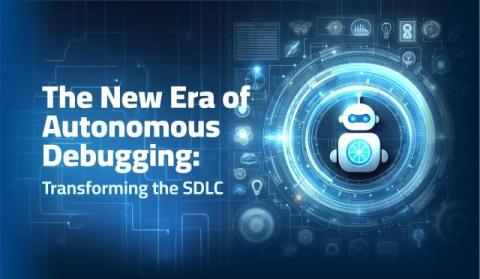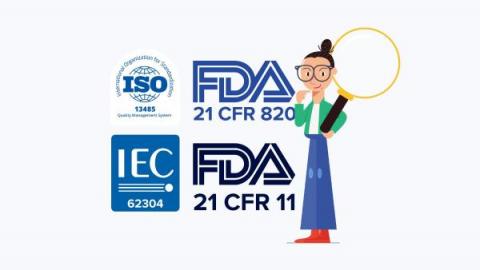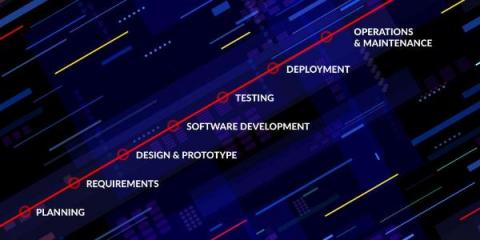Operations | Monitoring | ITSM | DevOps | Cloud
SDLC
The New Era of Autonomous Debugging: Transforming the SDLC
How to Build Resilience Throughout Your SDLC Lessons from a Top 10 Bank
Secure Your DevOps Workflow with SDLC Recording by Kosli
Why we've open sourced our secure SDLC process template
SDLC vs PDLC: Understanding the Differences of the Development Life Cycle
Where to automate resilience testing in your SDLC
How to prove your SDLC is being followed for compliance with medical standards like IEC 62304
If you’re part of a software engineering team in digital health, medtech, medical devices, Software as a Medical Device (SaMD), etc. you have to comply with regulatory standards. And one of the biggest challenges engineering leads have in this sector is figuring out what they have to do to achieve software delivery compliance.
What Is a Secure SDLC?
The Software Development Lifecycle (SDLC) framework defines the entire process required to plan, design, build, release, maintain and update software applications, including the final stages of replacing and decommissioning an application when needed. A Secure SDLC (SSDC) builds on this process, integrating security at all stages of the lifecycle. When migrating to DevSecOps (collaboration between Development, Security, and Operations teams), teams typically implement an SSDLC.











